Understanding Liability in California Bus Accidents
Whether you've been injured in an accident, are dealing with a personal injury claim, or facing another legal issue, Mendez & Sanchez APC is here to fight for you. Contact us today for a free, no-obligation consultation.
Call Us Now
Bus accidents can be traumatic experiences for all involved, and understanding who is liable can be crucial in determining who should compensate the victims for their injuries or damages. Liability in bus accidents can be complex, as there may be multiple parties involved, including the driver, the bus company, or a third party. In this article, we will explore the legal principles that determine liability in bus accidents and the types of damages that may be available to victims.
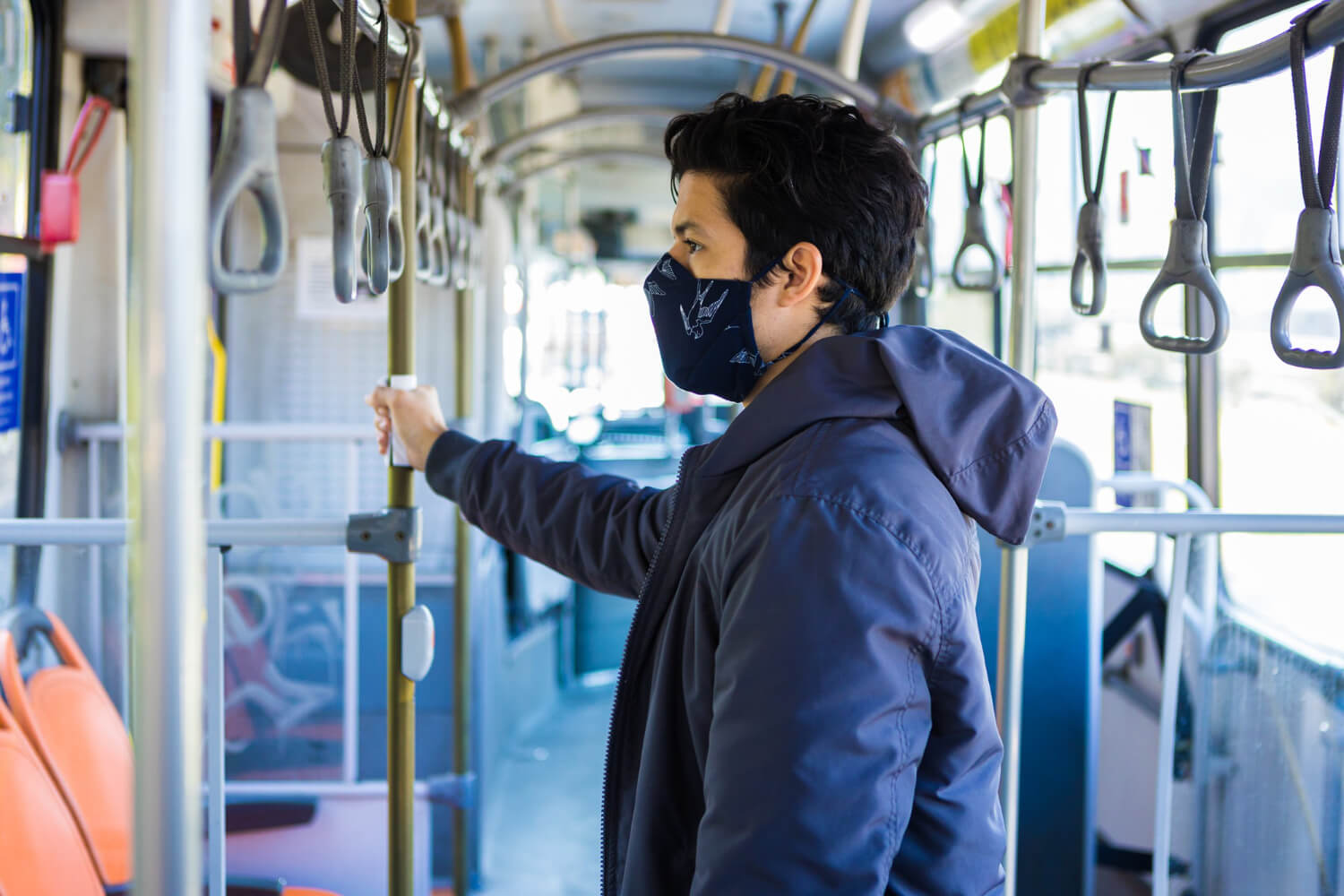
Liability in Bus Accidents
In general, liability in bus accidents is determined by the legal concept of negligence. Negligence is defined as the failure to take reasonable care to prevent harm to others. To prove negligence in a bus accident case, the victim must demonstrate that the driver, bus company, or third party acted in a way that was unreasonable and that this behavior caused the accident and the resulting harm.
Who is Responsible?
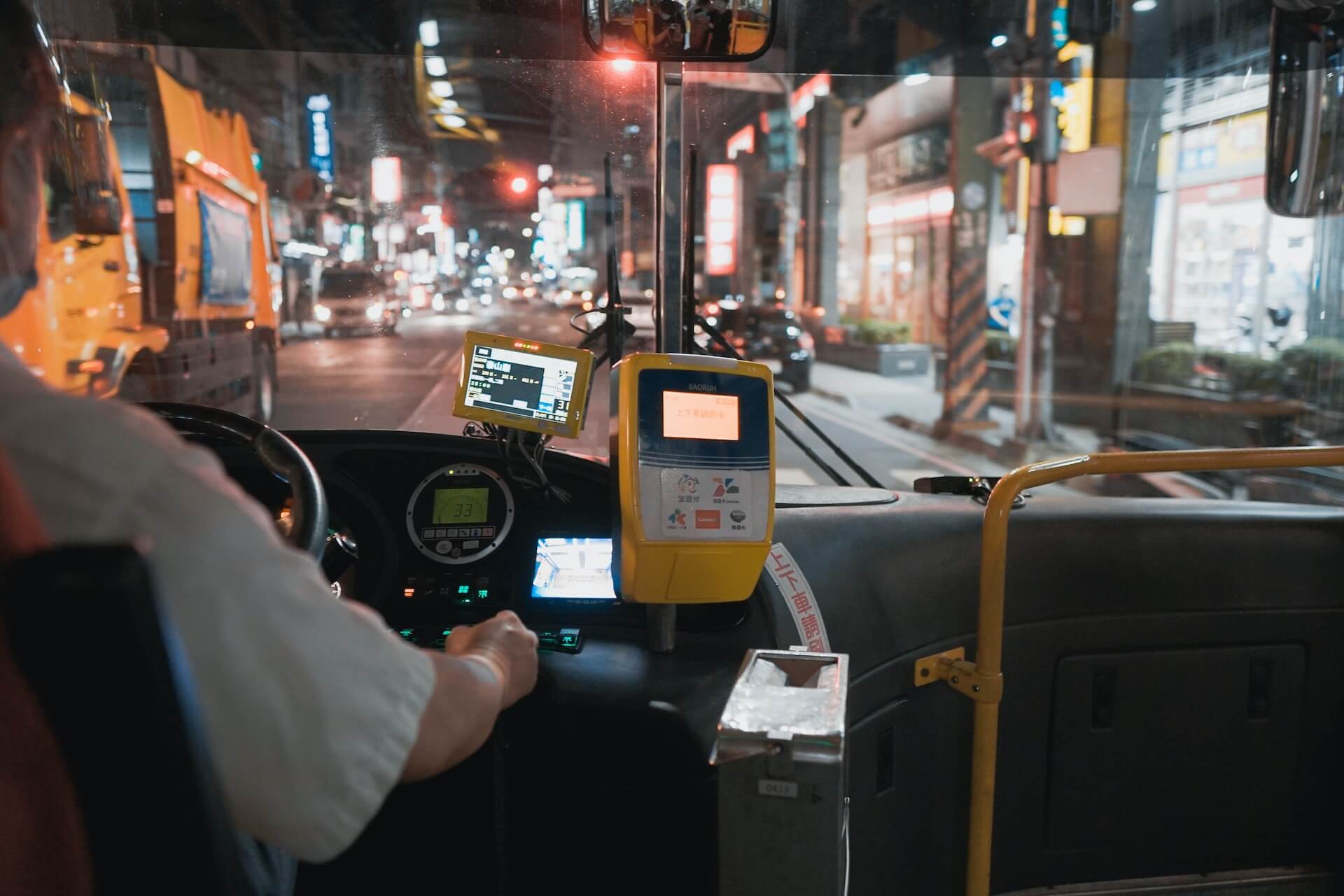
1. Driver Liability
One common factor in bus accidents is driver error. Bus drivers have a responsibility to operate the vehicle safely and to follow traffic laws. If a driver fails to do so and causes an accident, they may be liable for any resulting injuries or damages. Examples of driver negligence that may lead to liability include distracted driving, speeding, failing to signal or yield, or driving under the influence of drugs or alcohol.
2. Bus Company Liability
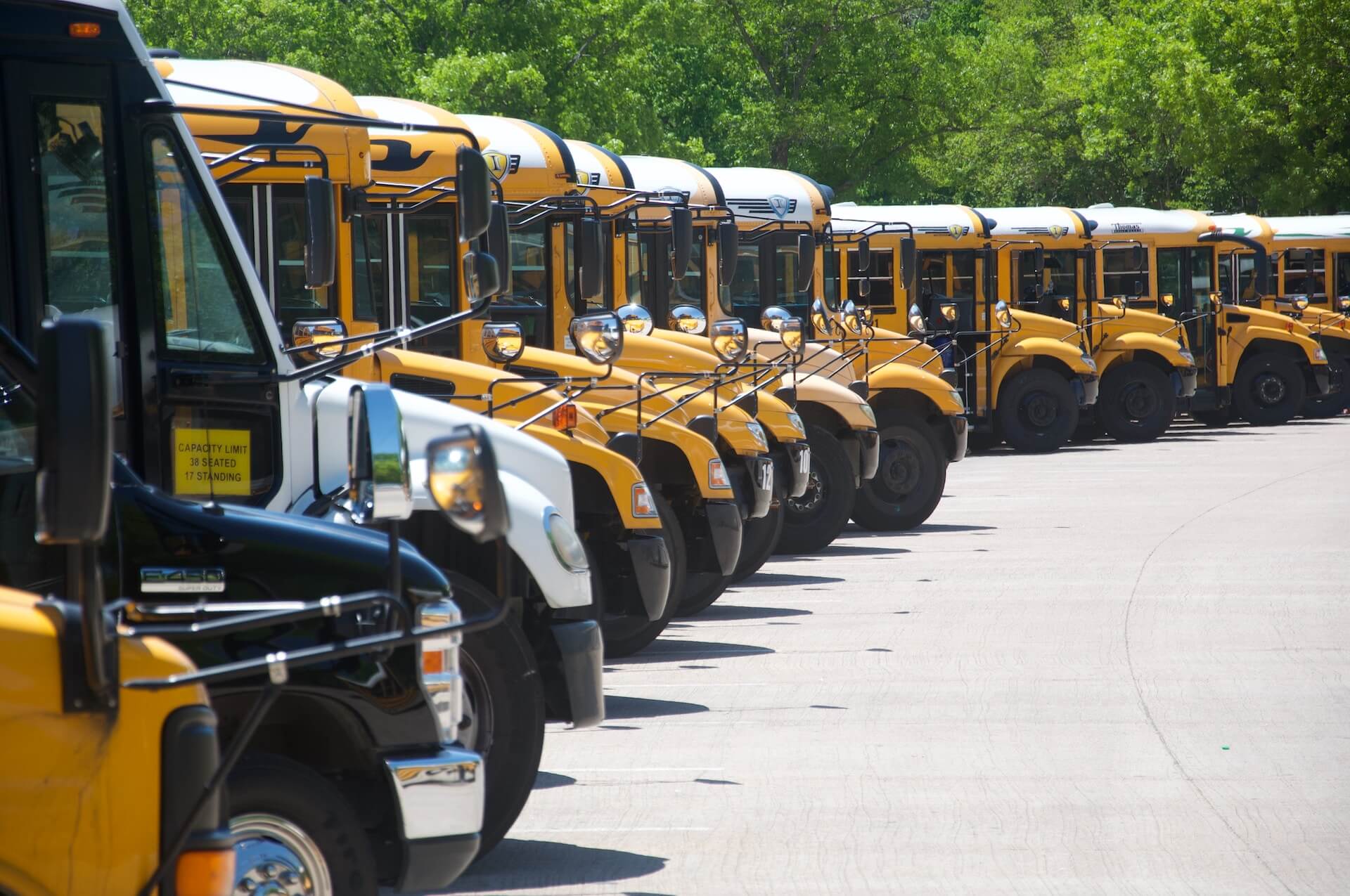
Bus companies are also responsible for ensuring that their drivers operate their vehicles safely. If a bus company fails to maintain its buses or provides inadequate training for its drivers, the company may be held liable for any resulting injuries or damages. For example, if a bus company fails to repair a known mechanical issue, such as faulty brakes or worn tires, and an accident occurs as a result, the company may be liable for any resulting harm.
3. Third-Party Liability
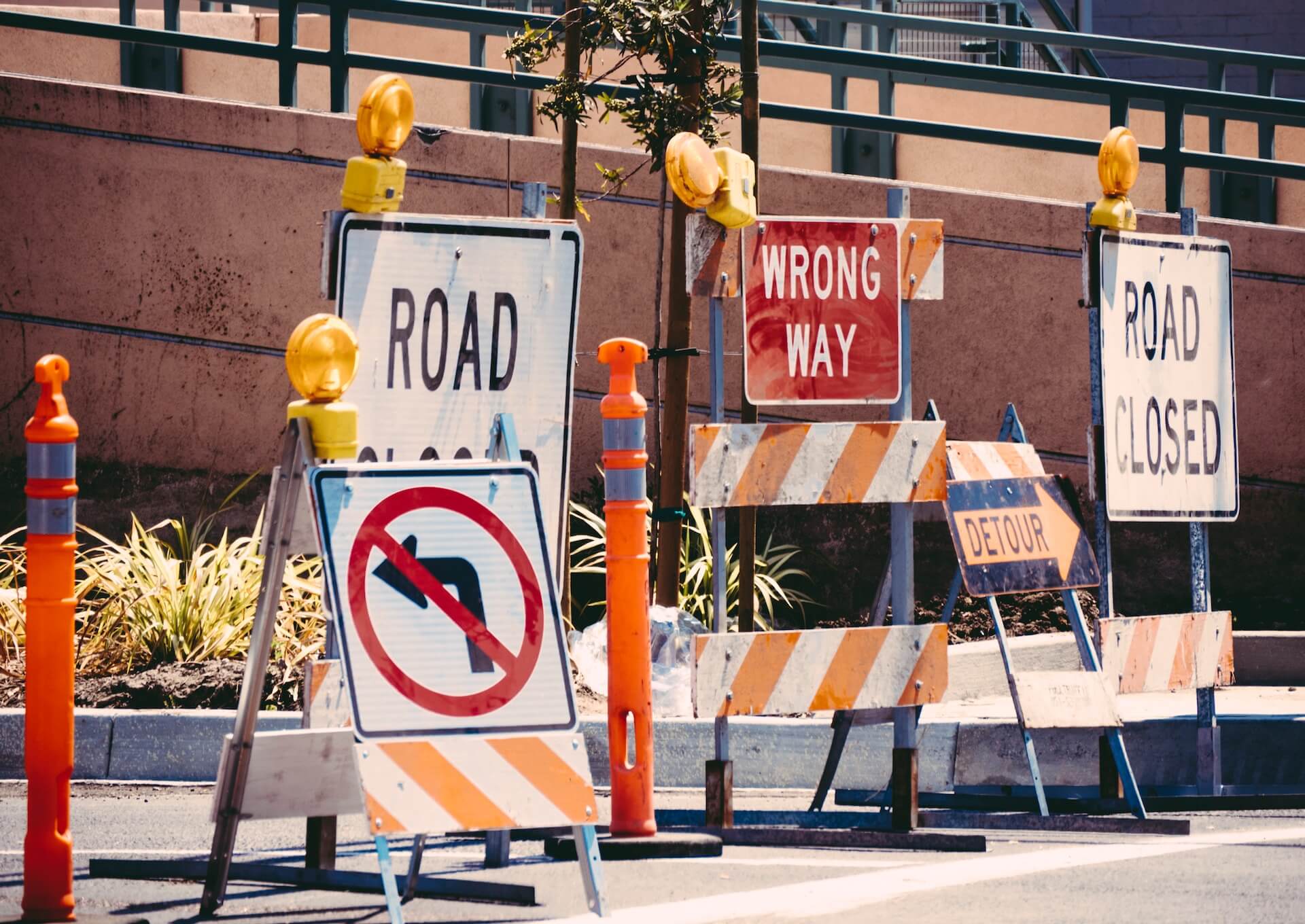
In some cases, a third party may be liable for a bus accident. For example, if a road construction crew creates unsafe driving conditions that lead to an accident, the construction company may be held liable for any resulting injuries or damages. Similarly, if a defective part in the bus, such as a faulty brake, was manufactured by a third party, the manufacturer may be held liable for any resulting harm.
Determining Liability
Determining liability in a bus accident can be a complex process, as there may be multiple parties involved. To establish liability, the victim must demonstrate that the responsible party acted negligently and that this behavior caused the accident and resulting harm. This typically involves gathering evidence, such as witness statements, accident reports, and medical records, and presenting this evidence in court.
Types of Damages
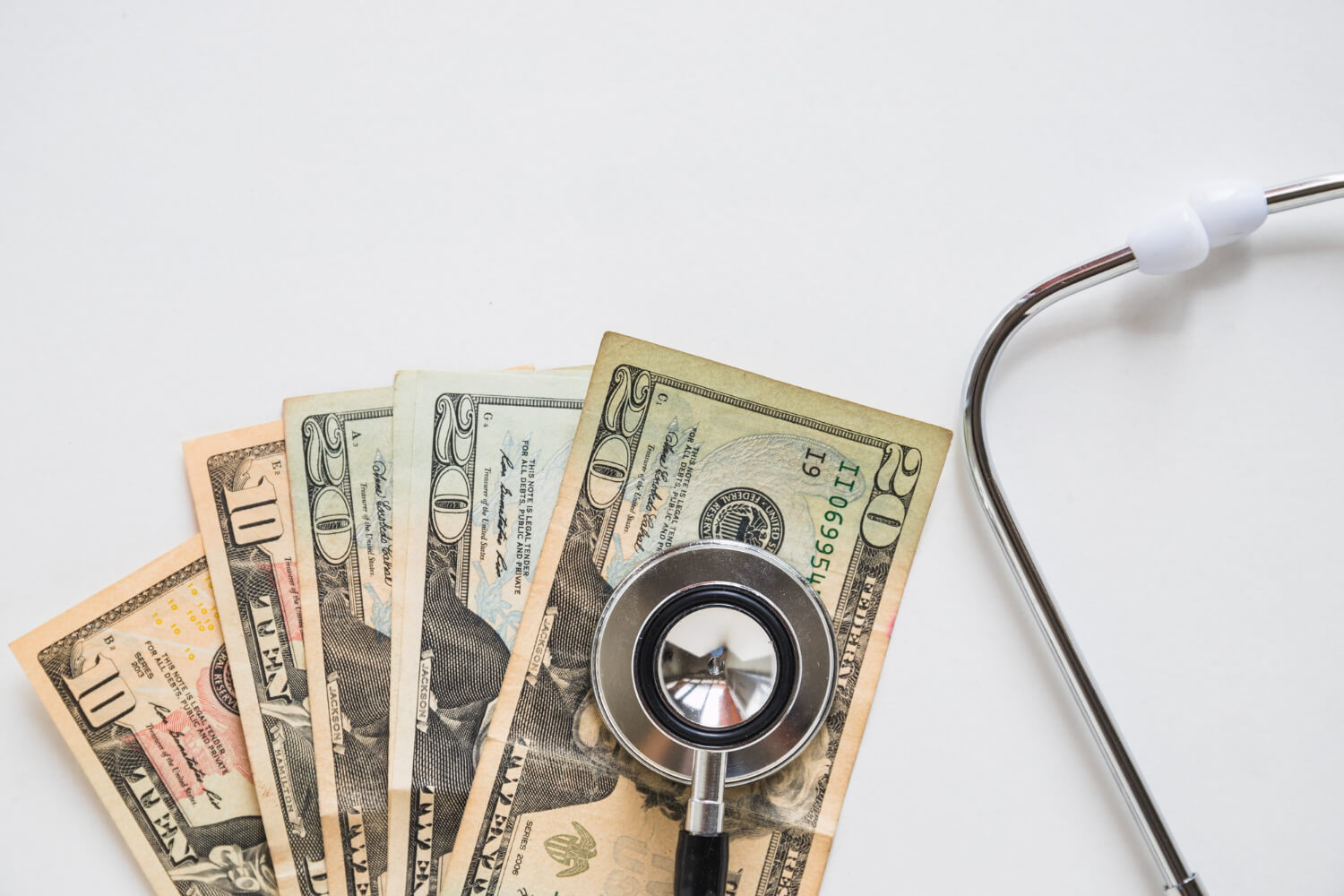
If a victim is successful in proving liability, they may be entitled to compensation for their injuries and damages. The types of damages available may vary depending on the circumstances of the case and the laws in the jurisdiction where the accident occurred. Some common types of damages that may be available to victims of bus accidents include:
1. Medical expenses: Victims may be entitled to compensation for the cost of medical treatment related to the accident, including hospitalization, surgery, and rehabilitation.
2. Lost wages: If the victim is unable to work due to their injuries, they may be entitled to compensation for lost wages.
3. Pain and suffering: Victims may be entitled to compensation for physical and emotional pain and suffering caused by the accident.
4. Property damage: If the victim's property, such as their car or personal belongings, was damaged in the accident, they may be entitled to compensation for the cost of repairs or replacement.
5. Punitive damages: In some cases, the court may award punitive damages, which are intended to punish the responsible party for their negligent behavior.
In California, victims of bus accidents may be entitled to various types of damages depending on the circumstances of their case. These damages can include both economic and non-economic losses.
Economic damages refer to the financial losses incurred by the victim as a result of the accident. This may include medical expenses, property damage, and lost wages. In California, there is no cap on economic damages, meaning that victims can recover the full amount of their economic losses.
Non-economic damages refer to losses that are not financial in nature, such as pain and suffering, emotional distress, and loss of enjoyment of life. In California, there is a cap on non-economic damages in most personal injury cases, including bus accidents it's important to note that the cap on non-economic damages can also vary depending on the type of case. For example, if the bus accident was caused by a government agency or employee, such as a city bus driver, the maximum non-economic damages that can be awarded may be limited by law.
In California, the maximum non-economic damages that can be awarded against a government agency or employee in a personal injury case is currently $410,000 as of 2021. This cap applies to all personal injury cases involving government agencies or employees, including bus accidents.
It's also worth noting that the cap on non-economic damages in California is subject to periodic adjustments for inflation. This means that the maximum amount of damages that can be awarded in a bus accident case may increase over time.
However, it's important to remember that economic damages, such as medical expenses and lost wages, are not subject to the same caps as non-economic damages in California. This means that victims of bus accidents may be able to recover the full amount of their economic losses, regardless of any caps on non-economic damages.
Overall, the specific damages that may be available in a bus accident case, and the caps that may apply, can be complex and will depend on the unique circumstances of each case. It's important to consult with an experienced personal injury attorney in California to understand your rights and options for seeking compensation for your injuries and damages.
In addition to economic and non-economic damages, California also recognizes the concept of punitive damages. These damages are intended to punish the responsible party for their willful or intentional misconduct, or for conduct that was especially egregious. Punitive damages are only awarded in cases where the responsible party's conduct was particularly reprehensible and must be proven by clear and convincing evidence.
Overall, it is important for victims of bus accidents to seek legal advice from an experienced personal injury attorney in California to ensure that they are able to recover the full extent of damages to which they may be entitled. An attorney can provide guidance on what types of damages may be available and help victims navigate the complex legal process of pursuing compensation for their injuries and damages.
Conclusion
It is important for victims of bus accidents to seek legal advice from an experienced personal injury attorney who can help them navigate the complex process of determining liability and seeking compensation. An attorney can provide guidance on what types of damages may be available, how to gather evidence to support their case, and how to negotiate a settlement with the responsible party. In addition to seeking legal advice, there are steps that victims can take immediately following a bus accident to protect their rights and improve their chances of obtaining compensation. These include:
1. Seeking medical attention: Even if injuries seem minor, it is important to seek medical attention as soon as possible after an accident. Some injuries may not be immediately apparent, and delaying treatment can worsen the condition and make it harder to prove that the injuries were caused by the accident.
2. Collecting evidence: Victims should gather as much evidence as possible at the scene of the accident, including taking photographs of the vehicles and the scene, getting contact information from witnesses, and obtaining a copy of the police report.
3. Reporting the accident: Victims should report the accident to the police and the bus company as soon as possible after the accident. Failing to report the accident promptly can make it harder to prove liability and obtain compensation.
4. Consulting with an attorney: Victims should consult with an experienced personal injury attorney as soon as possible after the accident. An attorney can help protect the victim's rights and provide guidance on what steps to take to obtain compensation.
Understanding liability in bus accidents is essential for victims seeking compensation for their injuries or damages. Liability is typically determined by the legal concept of negligence, and may involve multiple parties, including the driver, bus company, or a third party. To establish liability, the victim must demonstrate that the responsible party acted negligently, and that this behavior caused the accident and resulting harm. If a victim is successful in proving liability, they may be entitled to compensation for their injuries and damages, such as medical expenses, lost wages, pain and suffering, property damage, and in some cases, punitive damages.
Credits: Main Image by Freepik



